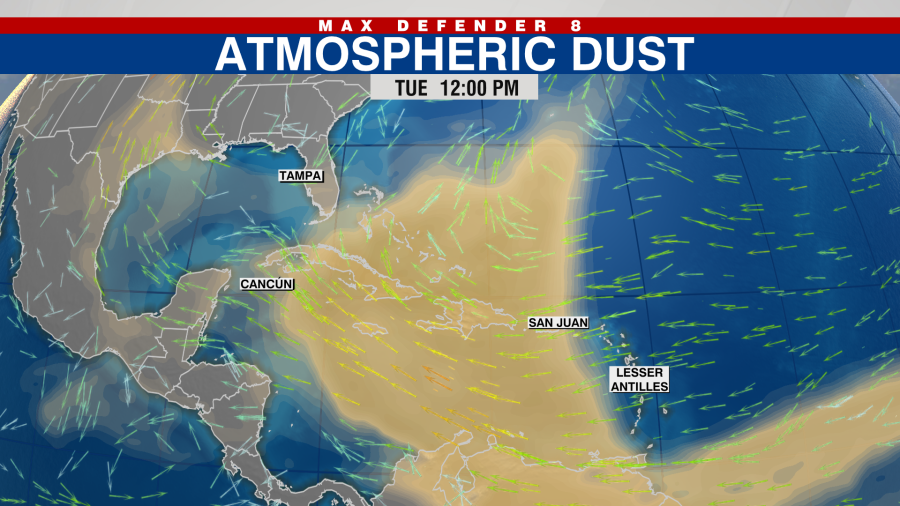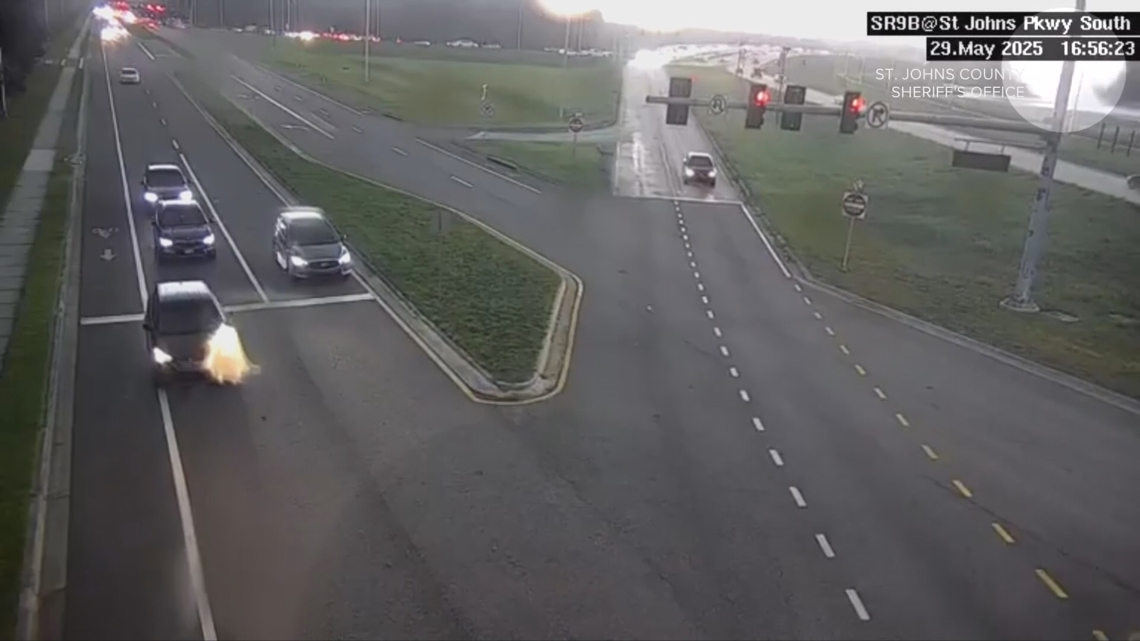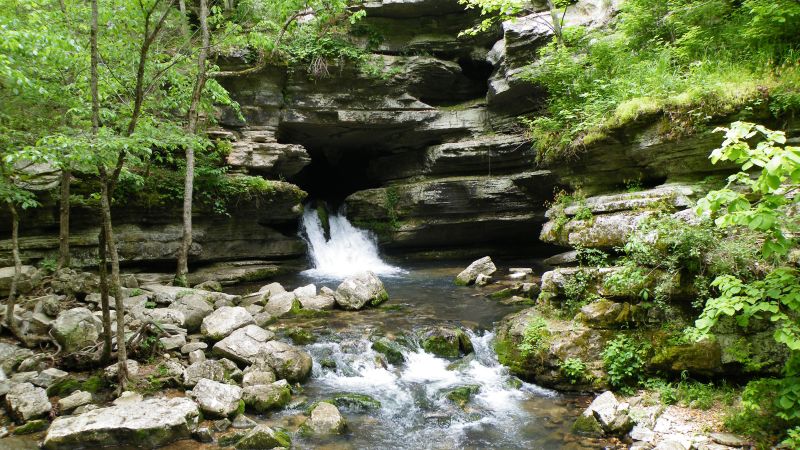Florida Dust Plume: What You Need To Know About The Saharan Air Layer

Welcome to your ultimate source for breaking news, trending updates, and in-depth stories from around the world. Whether it's politics, technology, entertainment, sports, or lifestyle, we bring you real-time updates that keep you informed and ahead of the curve.
Our team works tirelessly to ensure you never miss a moment. From the latest developments in global events to the most talked-about topics on social media, our news platform is designed to deliver accurate and timely information, all in one place.
Stay in the know and join thousands of readers who trust us for reliable, up-to-date content. Explore our expertly curated articles and dive deeper into the stories that matter to you. Visit Best Website now and be part of the conversation. Don't miss out on the headlines that shape our world!
Table of Contents
Florida Dust Plume: What You Need to Know About the Saharan Air Layer
Florida residents are experiencing hazy skies and reduced air quality thanks to a familiar visitor: the Saharan Air Layer (SAL). This massive plume of dust, originating from the Sahara Desert in Africa, makes its annual journey across the Atlantic, impacting weather patterns and air quality across the Caribbean and southeastern United States. This year's arrival is particularly noticeable, prompting concerns about respiratory health and visibility.
What is the Saharan Air Layer (SAL)?
The SAL is a massive body of dry, dusty air that forms over the Sahara Desert during the summer months. Heated by the intense sun, this air mass becomes incredibly stable, suppressing the formation of thunderstorms and tropical cyclones. As it moves westward, it carries with it enormous quantities of mineral dust, sand, and other particulate matter.
Impact on Florida:
The effects of the SAL on Florida are multifaceted:
-
Reduced Air Quality: The high concentration of dust particles significantly degrades air quality, posing risks to individuals with respiratory conditions such as asthma and allergies. The EPA (Environmental Protection Agency) often issues air quality alerts during these events. You can check your local air quality index (AQI) on the .
-
Haziness and Reduced Visibility: The dust creates a hazy appearance, reducing visibility, especially at sunrise and sunset. This can impact air travel and outdoor activities.
-
Impact on Hurricanes: While the dust itself doesn't directly cause hurricanes, the SAL's stability can inhibit the development of tropical cyclones in the Atlantic by suppressing thunderstorm activity. This is a complex meteorological phenomenon, and while the SAL can limit hurricane formation, it doesn't prevent it entirely. For the latest on hurricane season, check the .
-
Sunsets and Sunrises: Ironically, the dust can lead to spectacular sunsets and sunrises due to the scattering of sunlight by the dust particles. While beautiful, this doesn't negate the negative impacts on air quality.
Health Concerns:
The increased concentration of dust particles in the air can exacerbate respiratory problems. Individuals with asthma, allergies, or other respiratory sensitivities should take precautions, including:
- Limiting outdoor activities: Especially during peak dust concentrations.
- Using air conditioning: To filter out dust particles indoors.
- Using an air purifier: With a HEPA filter to further reduce indoor dust levels.
- Consulting your doctor: If you experience worsening respiratory symptoms.
How Long Will It Last?
The duration of the SAL's impact varies annually. Typically, the plume's influence on Florida lasts for several days to a couple of weeks, depending on wind patterns and atmospheric conditions. Meteorological agencies provide regular updates on the SAL's movement and its expected effects.
Staying Informed:
Staying informed about air quality alerts is crucial. Regularly check your local news, the EPA's AirNow website, and the National Weather Service for updates on the Saharan Air Layer and its impact on your area.
Conclusion:
The Saharan Air Layer's annual visit to Florida, while a natural phenomenon, presents challenges to air quality and public health. By understanding the impacts of the SAL and taking appropriate precautions, Floridians can minimize potential risks and enjoy the vibrant, albeit hazy, beauty of the summer season. Remember to prioritize your health and stay informed during these events.

Thank you for visiting our website, your trusted source for the latest updates and in-depth coverage on Florida Dust Plume: What You Need To Know About The Saharan Air Layer. We're committed to keeping you informed with timely and accurate information to meet your curiosity and needs.
If you have any questions, suggestions, or feedback, we'd love to hear from you. Your insights are valuable to us and help us improve to serve you better. Feel free to reach out through our contact page.
Don't forget to bookmark our website and check back regularly for the latest headlines and trending topics. See you next time, and thank you for being part of our growing community!
Featured Posts
-
 Democrats Gain Leverage Blocking The Big Beautiful Bill
May 30, 2025
Democrats Gain Leverage Blocking The Big Beautiful Bill
May 30, 2025 -
 Newark Airport Slowdowns Sec Duffys Air Traffic Control Overhaul In Focus
May 30, 2025
Newark Airport Slowdowns Sec Duffys Air Traffic Control Overhaul In Focus
May 30, 2025 -
 Reward Offered Search Intensifies For Missing Teenager
May 30, 2025
Reward Offered Search Intensifies For Missing Teenager
May 30, 2025 -
 Today Show Host Sheinelle Jones Husband Dies After Battle With Brain Cancer
May 30, 2025
Today Show Host Sheinelle Jones Husband Dies After Battle With Brain Cancer
May 30, 2025 -
 Endangered Missing Person Lexington Police Expand Search Efforts
May 30, 2025
Endangered Missing Person Lexington Police Expand Search Efforts
May 30, 2025
Latest Posts
-
 Urgent Appeal Following Severe Dog Attack In Greater Manchester Baby Among Victims
Jun 01, 2025
Urgent Appeal Following Severe Dog Attack In Greater Manchester Baby Among Victims
Jun 01, 2025 -
 The Harassment Of A Transgender Athlete A Reflection On Sports And Humanity
Jun 01, 2025
The Harassment Of A Transgender Athlete A Reflection On Sports And Humanity
Jun 01, 2025 -
 St Johns County Residents React To Possible Tornado Caught On Traffic Camera
Jun 01, 2025
St Johns County Residents React To Possible Tornado Caught On Traffic Camera
Jun 01, 2025 -
 How The Landscape Of Northern Arkansas Aids In Evasion
Jun 01, 2025
How The Landscape Of Northern Arkansas Aids In Evasion
Jun 01, 2025 -
 Court Appearance For Liverpool Car Crash Suspect City Reeling
Jun 01, 2025
Court Appearance For Liverpool Car Crash Suspect City Reeling
Jun 01, 2025
